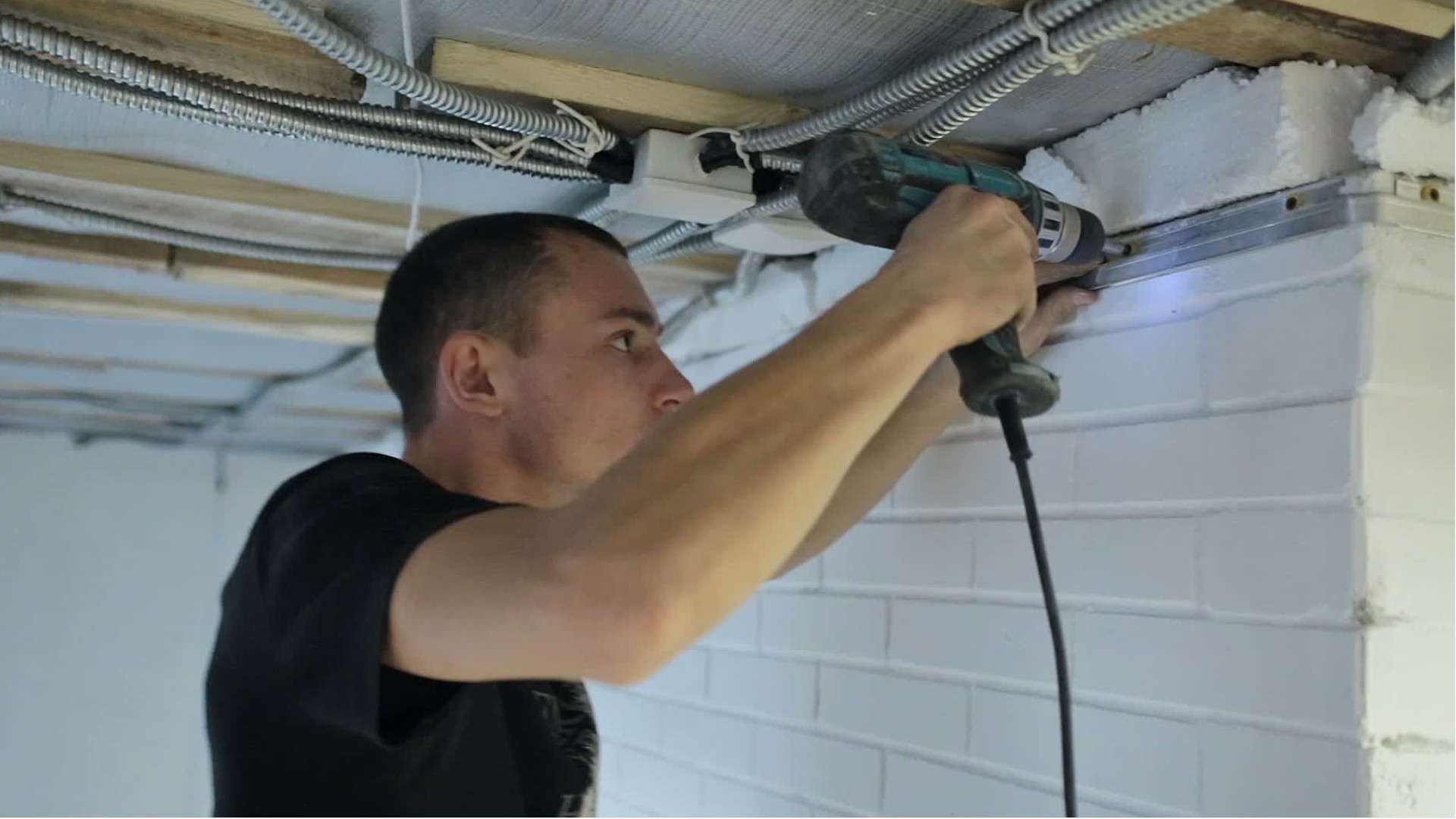Maintenance & Repair Workers, General
Facilities Technician, Maintenance Engineer, Maintenance Mechanic, Maintenance Technician
 Select a military branch to see samples.
Select a military branch to see samples.
Aerospace Ground Equipment; Aircraft Armament Systems Helper, F-35; Aircraft Structural Maintenance; Airlift/Special Mission Aircraft Maintenance Apprentice; Electrical Power Production Journeyman; Heavy Aircraft Integrated Avionics Journeyman, C4ISR Mission Systems (E-3, E-4, E-7, EC-130H, RC-135, VC-25); Missile And Space Systems Electronic Maintenance Helper, ALCM; Munitions Systems; Refuel/Bomber Aircraft Maintenance Helper, B-21; Tactical Aircraft Maintenance (5th Generation) Apprentice, F-35
AH-64 Attack Helicopter Repairer; Ammunition Specialist; Automotive Maintenance Warrant Officer; BRADLEY Fighting Vehicle System Maintainer; Engineer Equipment Maintenance Warrant Officer; Marine Engineering Officer; Petroleum Supply Specialist; Self Propelled Artillery Systems Mechanic; STRYKER Systems Maintainer; UH-60 Helicopter Repairer/Aircrew Member
Aviation Maintenance Technician; Avionics Electrical Technician; Damage Controlman; Diver; Fireman; Gunner's Mate; Machinery Technician; Marine Safety Specialist Engineer; Material Maintenance Specialty; Naval Engineering Specialty
Air Traffic Control Communications Technician; Artillery Systems Technician; Combat Engineer; Expeditionary Fuels Technician; Fixed-Wing Aircraft Airframe Mechanic, KC-130; Fixed-Wing Aircraft Mechanic, F/A-18; Fixed-Wing Aircraft Safety Equipment Mechanic, AV-8/TAV-8; Flight Equipment Technician; Ordnance Officer; Small Arms Repairer/Technician
5"/54 Caliber Gun System MK 45 Mod 1 and 2 Maintenance Technician; Auxiliary Equipment Technician; Close-In Weapon System (CIWS) Phalanx Block 1B Baseline 2 Technician; DDG-51 FLT I-II Gas Turbine Mechanical Maintenance Technician; Gas Turbine System Technician; Lockheed Martin (LM) Littoral Combat Ship (LCS) Core Crew Mission Specialist; MK 41 Vertical Launching System (VLS) Advanced Technician (VAT); Naval Special Warfare (NSW), Special Operation Craft Riverine (SOCR) Support Engineer; SSN 784 - 802 Virginia Block III/IV Weapons Equipment Technician; Surface Reactor Controls Operator
Aircraft Armament Systems; Aircraft Armament Systems Apprentice, All Other; Aircraft Armament Systems Apprentice, F-15; Aircraft Armament Systems Apprentice, F/A-22; Aircraft Armament Systems Helper, A10; Aircraft Armament Systems Helper, B-52/B-2; Aircraft Armament Systems Helper, F-35; Munitions Systems; Munitions Systems Helper; Nuclear Weapons Apprentice
What they do:
Perform work involving the skills of two or more maintenance or craft occupations to keep machines, mechanical equipment, or the structure of a building in repair. Duties may involve pipe fitting; HVAC maintenance; insulating; welding; machining; carpentry; repairing electrical or mechanical equipment; installing, aligning, and balancing new equipment; and repairing buildings, floors, or stairs.
On the job, you would:
- Perform routine maintenance, such as inspecting drives, motors, or belts, checking fluid levels, replacing filters, or doing other preventive maintenance actions.
- Inspect, operate, or test machinery or equipment to diagnose machine malfunctions.
- Adjust functional parts of devices or control instruments, using hand tools, levels, plumb bobs, or straightedges.
Knowledge
Engineering and Technology
- mechanical
- building and construction
Arts and Humanities
- English language
Math and Science
- arithmetic, algebra, geometry, calculus, or statistics
Manufactured or Agricultural Goods
- manufacture and distribution of products
Skills
Basic Skills
- thinking about the pros and cons of different ways to solve a problem
- figuring out how to use new ideas or things
Problem Solving
- noticing a problem and figuring out the best way to solve it
Abilities
Hand and Finger Use
- hold or move items with your hands
- keep your arm or hand steady
Verbal
- communicate by speaking
- listen and understand what people say
Ideas and Logic
- order or arrange things
- notice when problems happen
Visual Understanding
- see hidden patterns
Personality
People interested in this work like activities that include practical, hands-on problems and solutions.
They do well at jobs that need:
- Attention to Detail
- Dependability
- Cautiousness
- Perseverance
- Adaptability
- Integrity
Technology
You might use software like this on the job:
Operating system software
- Apple macOS
- Linux
Video creation and editing software
- Loom
- YouTube
Computer aided design CAD software
- Autodesk AutoCAD
- Dassault Systemes CATIA
Education
Education: (rated 3 of 5)
certificate after high school or
high school diploma/GED
usually needed
high school diploma/GED
usually needed
Job Outlook
Bright
New job opportunities are very likely in the future.
Explore More
- Aircraft Structure, Surfaces, Rigging, & Systems Assemblers
- Helpers--Installation, Maintenance, & Repair Workers
- Industrial Machinery Mechanics
- Millwrights
- Plumbers, Pipefitters, & Steamfitters
You might like a career in one of these industries:
See more details at O*NET OnLine about Maintenance & Repair Workers, General.





